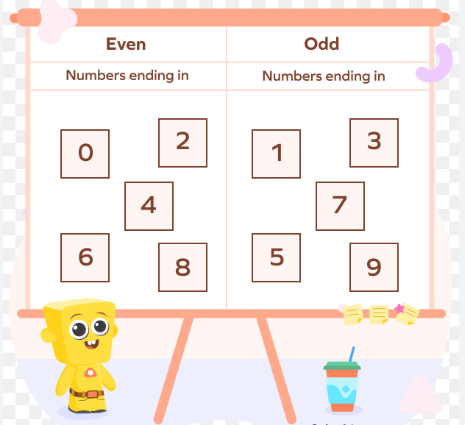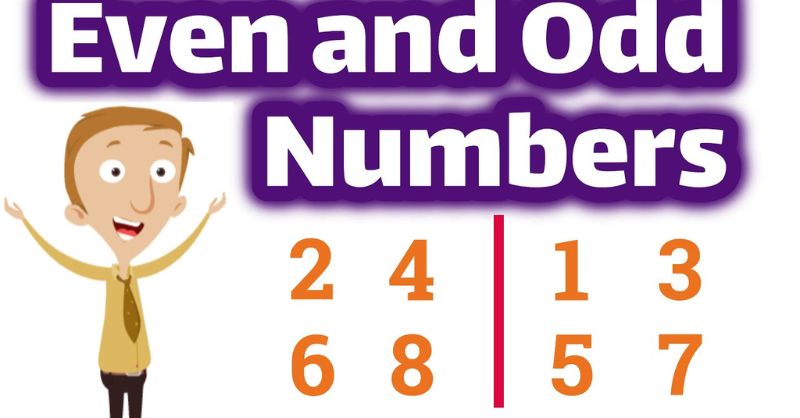The Calendar Method
A calendar is a beautiful tool for learning to recognize even and odd numbers.
Activity suggestion: Use an extensive wall calendar to have youngsters circle even dates in one color and odd dates in another. This is also useful for recognizing dates and observing patterns.
The Technological Approach
In the digital era, there are various applications and online games that teach even and odd numbers.
Some prominent alternatives are:
“Even Odd Number Sorting” at ABCya
“Odd and Even Number Patterns” via IXL.
“Even or Odd” at Math Playground
These interactive games provide interesting practice and fast feedback.
The Story-telling Method
Creating stories based on even and odd numbers may make the subject more accessible and memorable.
In the realm of Numbers, homes were divided into two types: pair palaces and solo cottages. The Even family permanently resided in Pair Palaces because they preferred things in pairs. The Odd family enjoyed Solo Cottages because they always had one unique feature that couldn’t be matched.”
Encourage youngsters to create their tales using even and odd numbers as characters.
The Real-World Applications Approach
Connecting even and odd numbers to everyday circumstances might help youngsters comprehend their significance.
Examples:
-
Shoes are always paired in an even number.
-
The number of days in the week is odd.
-
Most autos have an even number of wheels.
Activity idea: Go on a “number hunt” around the home or neighborhood, spotting things that come in even or odd numbers.
The “Number Line Hop” method
This kinesthetic learning method mixes physical exercise with number identification, making it particularly useful for energetic learners.
How It Works:
-
Make a giant number line on the floor using tape or chalk. Indoors, you may use masking tape to cover a lengthy corridor or room. When outside, use chalk on the sidewalk or playground.
-
Mark numbers from 0 to 20 (or higher, depending on the age group) down the line, equally spaced apart.
-
Designate one side of the line for even numbers and another for odd ones.
-
Make the learner start from zero. Call out a number, and they must jump to that number on the line.
-
The crucial rule is that upon landing on an even number, the student must keep both feet together (representing a pair). When they arrive at an odd number, they must stand on one foot (the “leftover” one).
This strategy emphasizes a few concepts:
-
Sequential order of numbers
-
Quick number recognition.
-
The alternating pattern of odd and even integers
-
Even number pairing and “one left over” notion for odd numbers.

Bottom Line
Learning even and odd numbers does not have to be a tedious, rote memory exercise. By integrating these diverse and entertaining ways, students may get a solid knowledge of this essential mathematical subject. Remember that every kid learns differently, so it’s great to explore several ways to see what works best.
So, whether you’re a parent, a teacher, or just seeking to brush up on your math abilities, these strategies will provide you with the tools you need to tackle even and odd numbers with confidence and delight. Happy number-exploring!
Read the blog Tips to Conquer Maths for Students to learn why Conquer Maths is essential for enhancing your math abilities and building confidence.


![]() 8 minutes
8 minutes